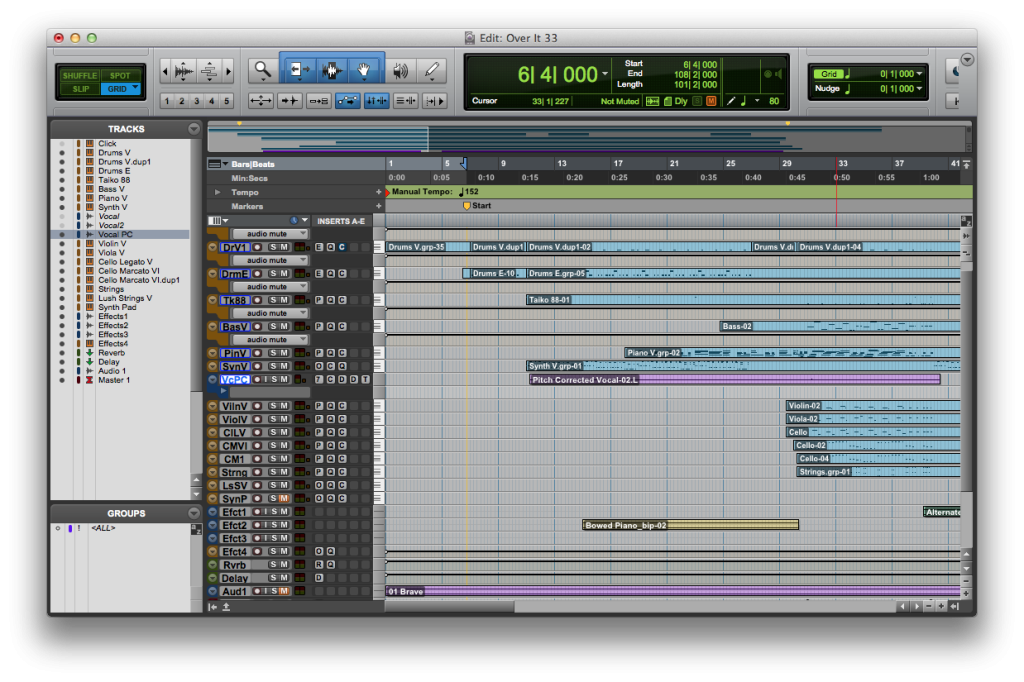-
This quick guide to DAWs (Digital Audio Workstations) is a general rundown as opposed to a detailed comparison of features, and is based on my own experiences so isn’t exhaustive by any means.
-
As a spoiler, I would say that if you favour working with loops and audio, then Bitwig and Ableton are out front. If you favour experimentation, then it’s a rundown between Ableton, Bitwig and Reaper. If you work with large arrangements, scoring or media composition then Logic and Cubase will be less frustrating.
-
There are some other major DAWs I don’t mention including Presonus Studio One and FL Studio, that I have limited experience with. But I can say that both of these also have their pros and cons and none can be ruled out.
QUICK GUIDE
DAWs
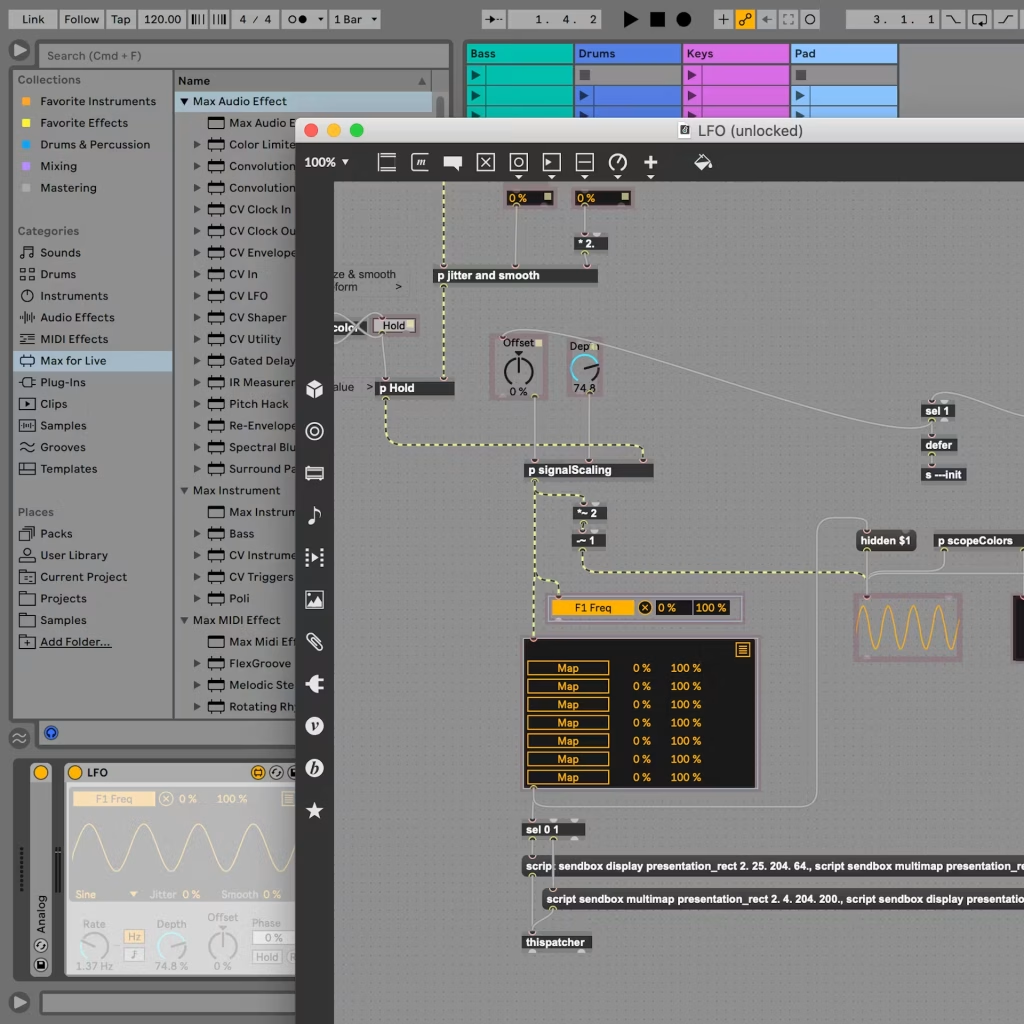
DAWs
Ableton Live – clearly this needs no introduction, but there is a reason why it has become almost a standard amongst those who are starting to make music. Firstly the company is very well run and puts its users first, as well as offering generous incentives and materials for education. As a user it offers enormous flexibility, including cutdown versions for those on small budgets, and includes a huge array of musical possibilities including the super-deep Max for Live programming capabilities. On the negatives, I will say that I don’t enjoy arranging in Ableton as the automation always feels a bit crowded, and the arrangement always felt like a secondary function of Live. This is changing as Ableton becomes more fully rounded. The other major negative is the size of some of the internal plugin windows, and the instrument interfaces in general, which can be inscrutable even on a large screen.
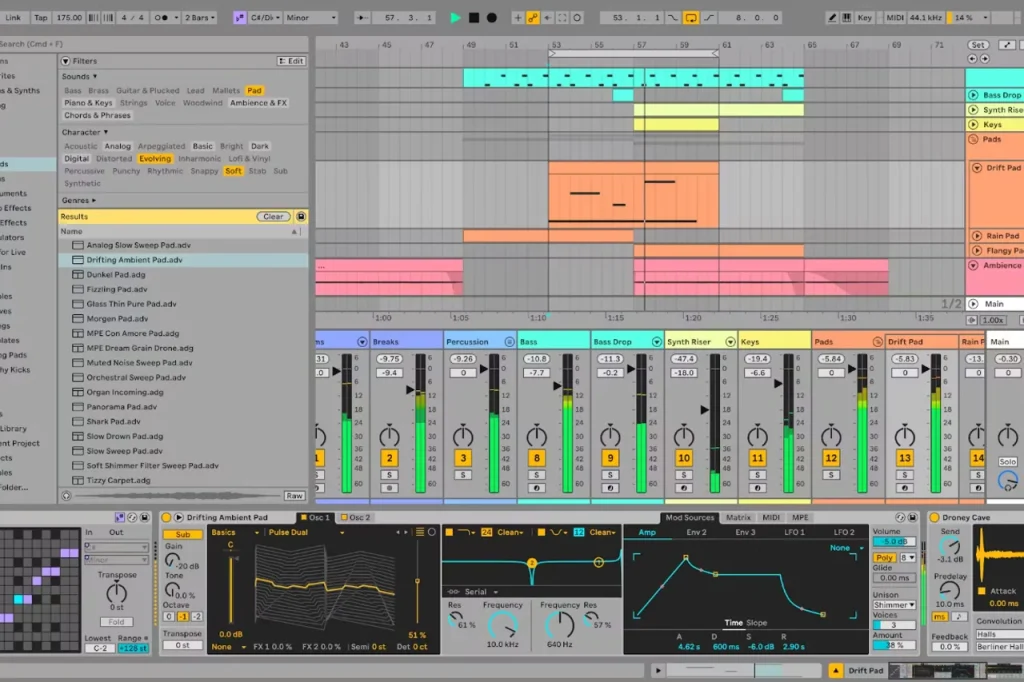
Bitwig – Bitwig is one for the experimenters. Even compared to Ableton it offers an amazing playground for sound creation. I don’t have wide-ranging experience with it, but if you are an avid modular user or value the ability to manipulate every aspect of your sounds and instruments then Bitwig is a wise choice. They also have a great reputation for innovation, listening to users’ requests and moving with the times. This also now includes bespoke hardware that interfaces with modular synths.
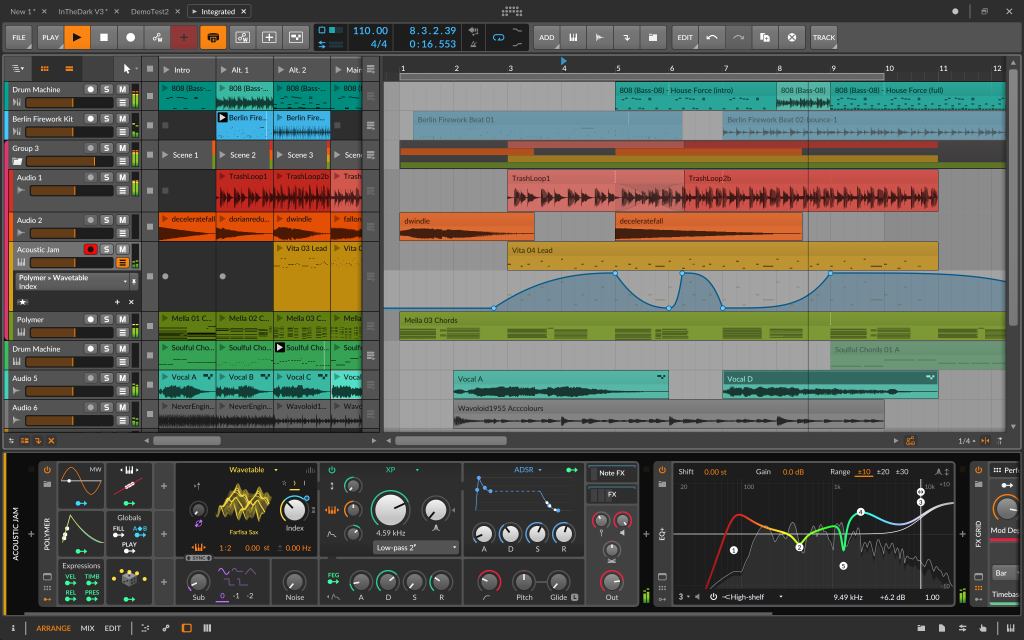
Logic Pro – I have been a Logic user for 20 years so I have great respect for its functional qualities. There are positives to having a software owned by a mega-corp, such as cheap price, regular updates, and a large R&D budget. There is no doubt there is a slightly corporate feeling to Logic Pro these days, but I have to say that I still find it to be excellent software that fulfils its function with great clarity, especially in relation to arrangement and in working with picture. For the money it is the best DAW if these are important qualities to you. It is also fully compatible with Garageband sessions so if you are a Mac owner you have access to a cutdown Logic Pro by default.
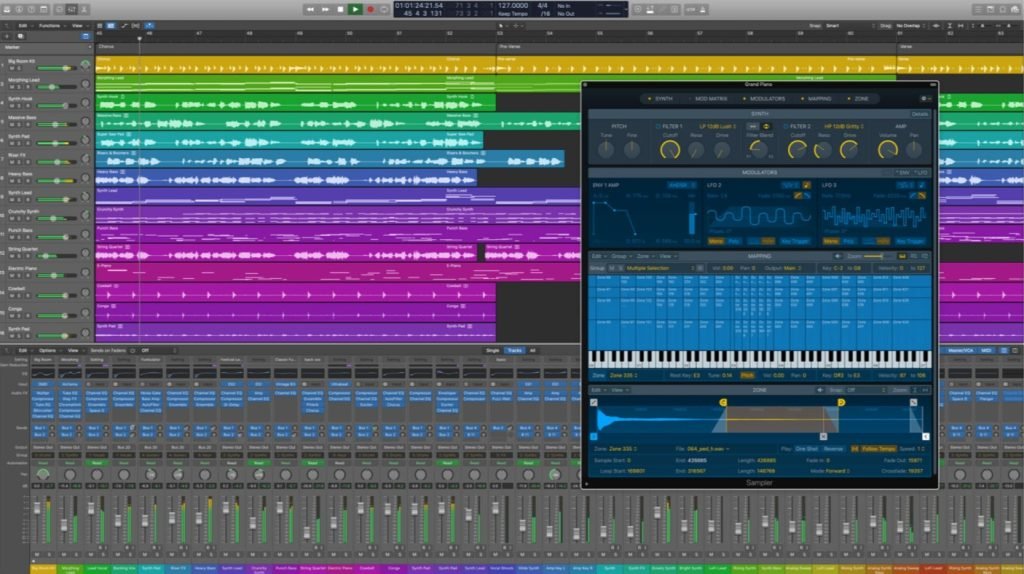
Cubase – I must be fair here and say that I don’t have much direct experience with Cubase BUT I have been playing with the idea of switching for a year or so, so I have done a lot of research and used the demo, and can testify to its many fine qualities. First and foremost, from my perspective it now offers the very best options for working with score, and with orchestral libraries. So if that is your boggle then I suggest you look very carefully at it. I still find its profusion of windows annoying but the interface has been stripped back over the years and is largely a pleasure to use. It’s R&D has also been impressive, with Steinberg keeping up an rapid pace of recent development that gives the impression of a software that is under constant re-evaluation. On the negatives: I don’ care much for the included instruments, and the effects interfaces are ugly, but that’s not a big deal in the grand scheme of things.
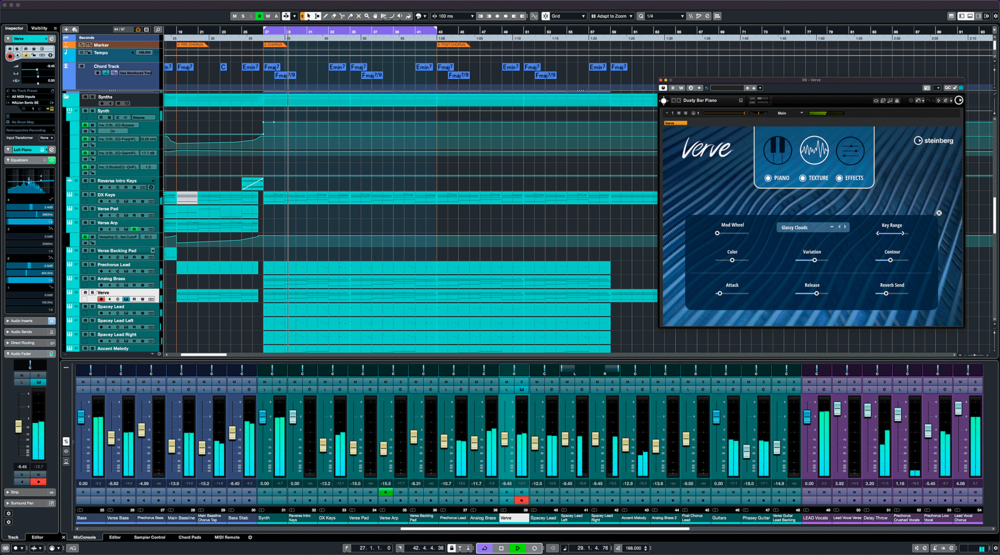
Reaper – This is the last DAW I have any extensive experience with, and it excels at modularity, flexibility and cost. It is by far the best value DAW out there. It is also full of clever features and unusual abilities, and can be coded by clever folk to do all sorts of things unplanned by the original developer. In situations where you want to perform Ambisonics for example, Reaper is actually the only DAW capable of it. For the negatives: it is sometimes lacking in finesse, especially in arrangement, and it lacks the MIDI production capabilities of some of the others. But again, it offers some huge positives too so don’t overlook it.
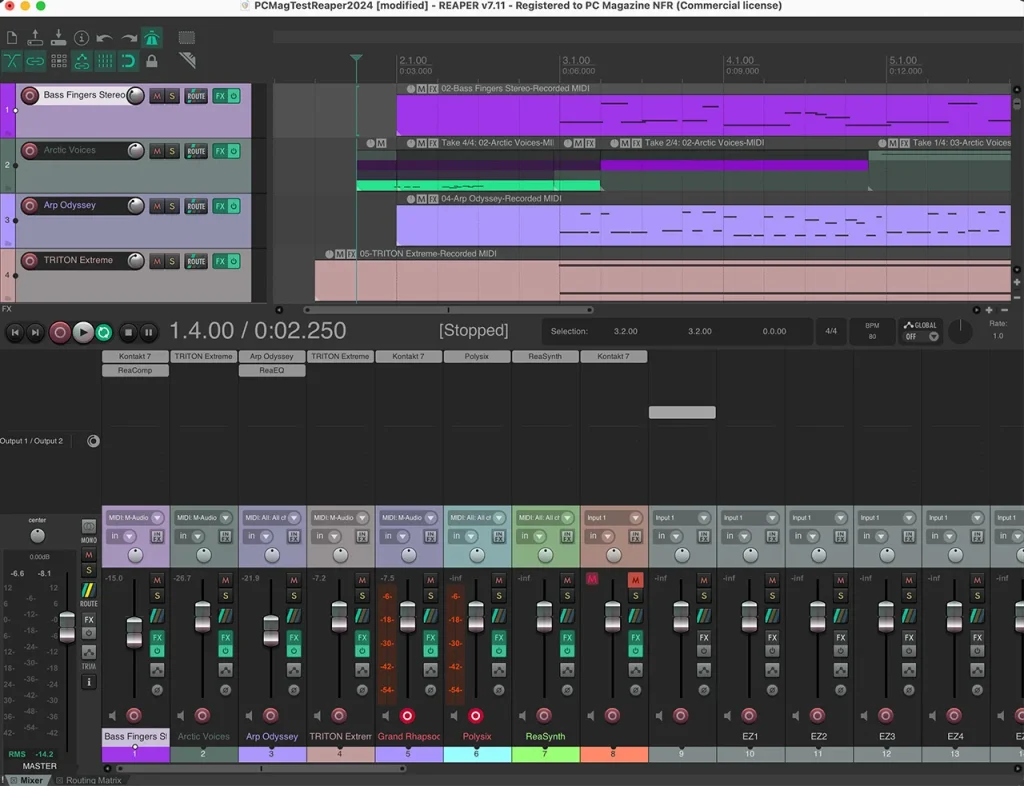
Reason – A fascinating and unique program with an approachable and well-designed interface. Again, I have only limited experience with Reason but I feel like I have the measure of it – namely that it is surprisingly capable and sounds really excellent. The built-in effects and instruments are all superb, and are musically useful. In fact I would say that the word ‘musical’ is the one I would use for Reason. It feels like it was created by musicians. On the negatives, it has more limitations than some of the big DAWs for arrangement and working with formats outside of the norms, and perhaps favours those with fewer technical demands on their software. BUT again, it has the unique capacity to be used as a VST instrument within another DAW which largely circumvents this issue: a future-proof development.
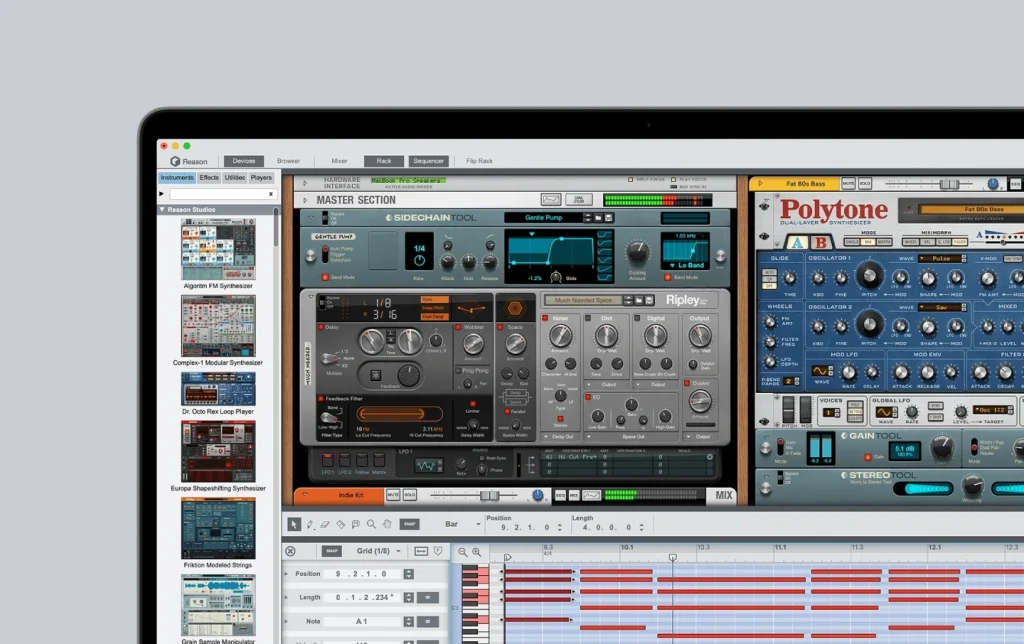
Pro Tools – The daddy of music programs. Originally created with post-production in mind, it excels at working with audio in an editing capacity. Over the years Avid has added MIDI and other DAW features, but I would never recommend it to anyone making music largely with MIDI. Instead it is best thought of as an industry standard for TV and film post-production, so if you ever do scoring for picture or want to get into the world of media sound it might be worth investigating. On the negative, it is owned by Avid who are owned by private equity firm STG, so I wouldn’t like to bet on putting the user first. The fact that it is now subscription-only points to the wider issue here.
